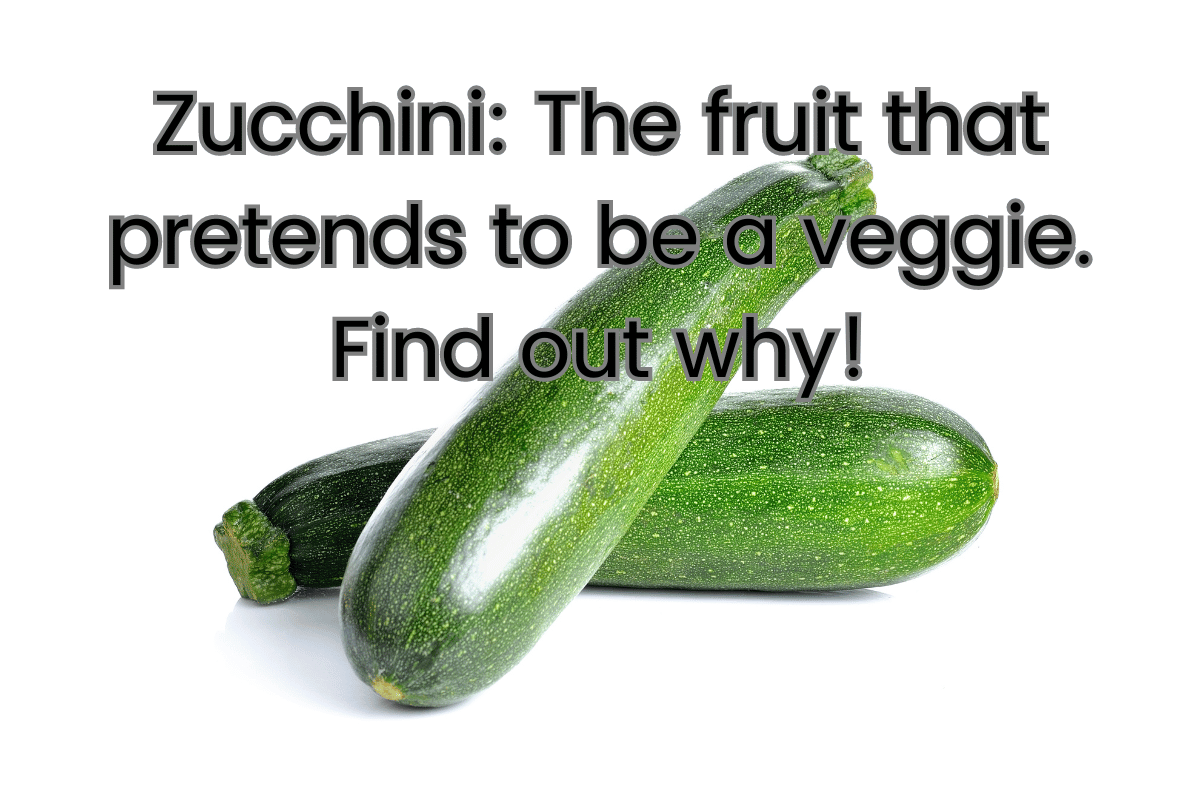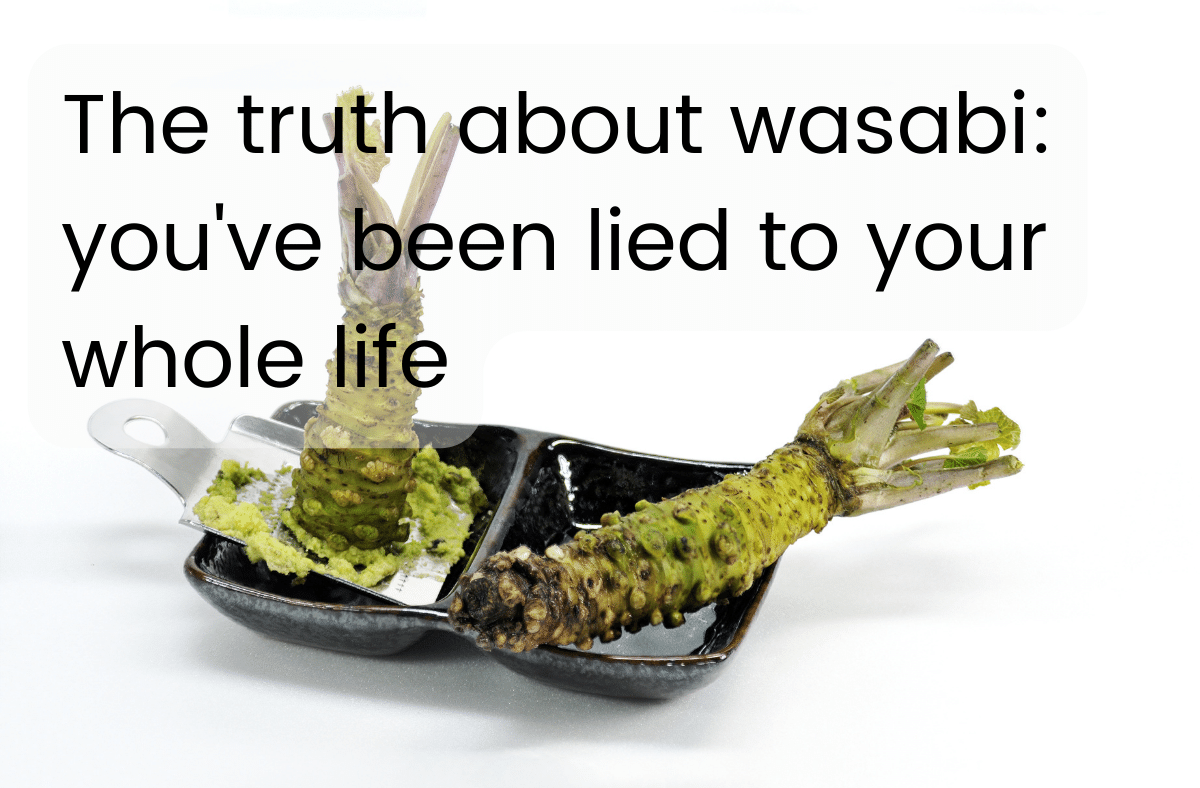For Those in a Hurry
Contrary to popular belief, wasabi is a stem, not a root. It’s part of the cabbage family. This family also includes horseradish and mustard. Wasabi’s intense flavor can cause tears, much like onions. Cultivation of wasabi is a delicate process. It requires specific conditions to grow. Real wasabi is rare and often substituted with horseradish. Understanding its nature explains why it’s so unique.
Wasabi is a Stem: A Misunderstood Part of the Plant
Many people mistakenly believe wasabi is a root. In reality, it is the stem of the plant. This stem is ground to make the famous wasabi paste. Wasabi belongs to the Brassicaceae family, known for pungent flavors. Its cultivation is highly specialized and challenging.
The Cultivation and Rarity of Real Wasabi
Growing real wasabi is a demanding process. It thrives in specific, controlled environments. Wasabi plants need clean, running water and shade. These requirements make it a rare and expensive plant. As a result, much of the wasabi served is actually horseradish. This substitution is due to the difficulty in growing authentic wasabi.
Wasabi is a Stem: Understanding Its Intense Flavor
The intense flavor of wasabi comes from its stem. When grated, compounds in the stem react with air. This reaction releases the sharp, pungent taste wasabi is known for. The heat from wasabi is different from that of peppers. It’s more akin to the heat of horseradish or mustard.
The Health Benefits and Uses of Wasabi
Wasabi is not just a spicy condiment. It offers several health benefits. Its compounds have anti-inflammatory and antimicrobial properties. Wasabi is commonly used in Japanese cuisine. It complements sushi and sashimi, enhancing their flavors. It’s also used in snacks and as a flavoring agent in various dishes.
In conclusion, the revelation that wasabi is a stem and not a root changes our understanding of this iconic Japanese condiment. Part of the cabbage family, which includes horseradish and mustard, wasabi’s intense, tear-inducing flavor is a result of its unique chemical makeup. Cultivation challenges make authentic wasabi rare, often leading to its substitution with horseradish. Beyond its culinary use, wasabi offers health benefits, making it a fascinating plant both for its flavor and medicinal properties. Understanding wasabi’s true nature not only enhances our appreciation of this spice but also highlights the complexities and surprises in the world of plants.






















